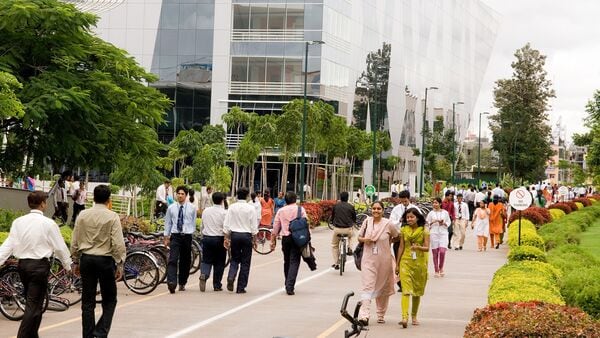India Rolls Out Four New Labour Codes, Extending Social Security to 400 Million Workers
Key Takeaways
- Four labour codes replace 29 outdated laws, covering 400+ million workers
- New wage definition ensures 50% of pay counts toward social security benefits
- Gig workers get formal recognition and social security coverage
- Equal pay for women, night shift permissions, and double overtime mandated
The Indian government has implemented four comprehensive labour codes that fundamentally reshape workforce regulations, extending social security and minimum wage protections to over 400 million formal and informal sector workers. The landmark reform replaces 29 fragmented laws dating back to the colonial era with a modern, consolidated framework.
What the New Labour Codes Include
The four codes—Wages (2019), Industrial Relations (2020), Social Security (2020), and Occupational Safety, Health & Working Conditions (2020)—introduce several worker-friendly provisions:
- Equal pay for women across all sectors
- Gratuity for fixed-term employees after just one year of service
- Free annual health check-ups for workers above 40 years
- Double wages for overtime work
- Full health security for hazardous sector workers
Redefined Wage Structure: Biggest Impact
The most significant change across all codes is the revised definition of ‘wages’. Employers must now ensure that at least 50% of total remuneration qualifies as wages—including basic pay, dearness allowance, and retaining allowance.
This addresses the previous practice where companies structured salaries with minimal basic pay to reduce social security contributions. The change will impact Provident Fund, ESIC, Workmen’s Compensation, and maternity benefit calculations.
Industry Reaction: Welcome with Caution
Industry leaders have largely welcomed the reforms while noting implementation challenges.
“It formalises employment and protects employee rights, but CTC may rise as benefits like gratuity will now calculate on the 50% wage floor,” said Neeti Sharma, CEO of TeamLease Digital.
Madhu Damodaran of AM Legals cautioned: “While great for employees, increased employer costs may affect take-home salaries in some cases.”
Aditya Narayan Mishra of CIEL HR Services emphasized that MSMEs and labour-intensive sectors need preparation time, and states must coordinate for smooth rollout.
Gig Economy Gets Formal Recognition
In a historic move, the codes formally recognize gig workers, platform workers, and aggregators, extending social security benefits to this growing workforce segment.
Companies like Flipkart, Amazon, Swiggy, Zomato, and others must allocate 1-2% of annual turnover (capped at 5%) toward gig worker benefits. Niti Aayog estimates India’s gig workforce will grow from 10 million to 23.5 million by 2029-30.
Sonal Arora of GI Group Holding noted the codes “legitimise gig work as a key part of India’s labour market.”
Sector-Specific Impacts
Textiles
Migrant workers gain equal wages and welfare benefits regardless of migration status. Industry leaders welcome women’s night shift permissions to boost production.
IT & Technology
Salary payments by the 7th of each month become mandatory. Equal benefits for fixed-term and permanent employees address sector concerns about extended work hours and high-pressure cycles.
Women Workers
Women can now work night shifts and in all occupations, including underground mining (with safety measures), potentially increasing female participation in industrial roles.
Implementation Timeline
The government plans full operationalization from the next financial year. Draft rules will be published within a week, open for 45 days of public comments, and finalized within subsequent 45 days. Provisions not requiring rules take immediate effect.
Most states have pre-published rules, with ongoing discussions with Tamil Nadu and West Bengal to align implementation.




